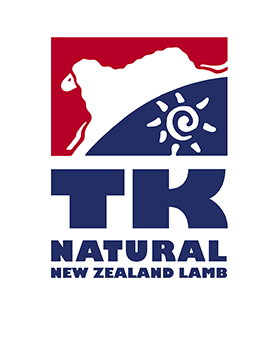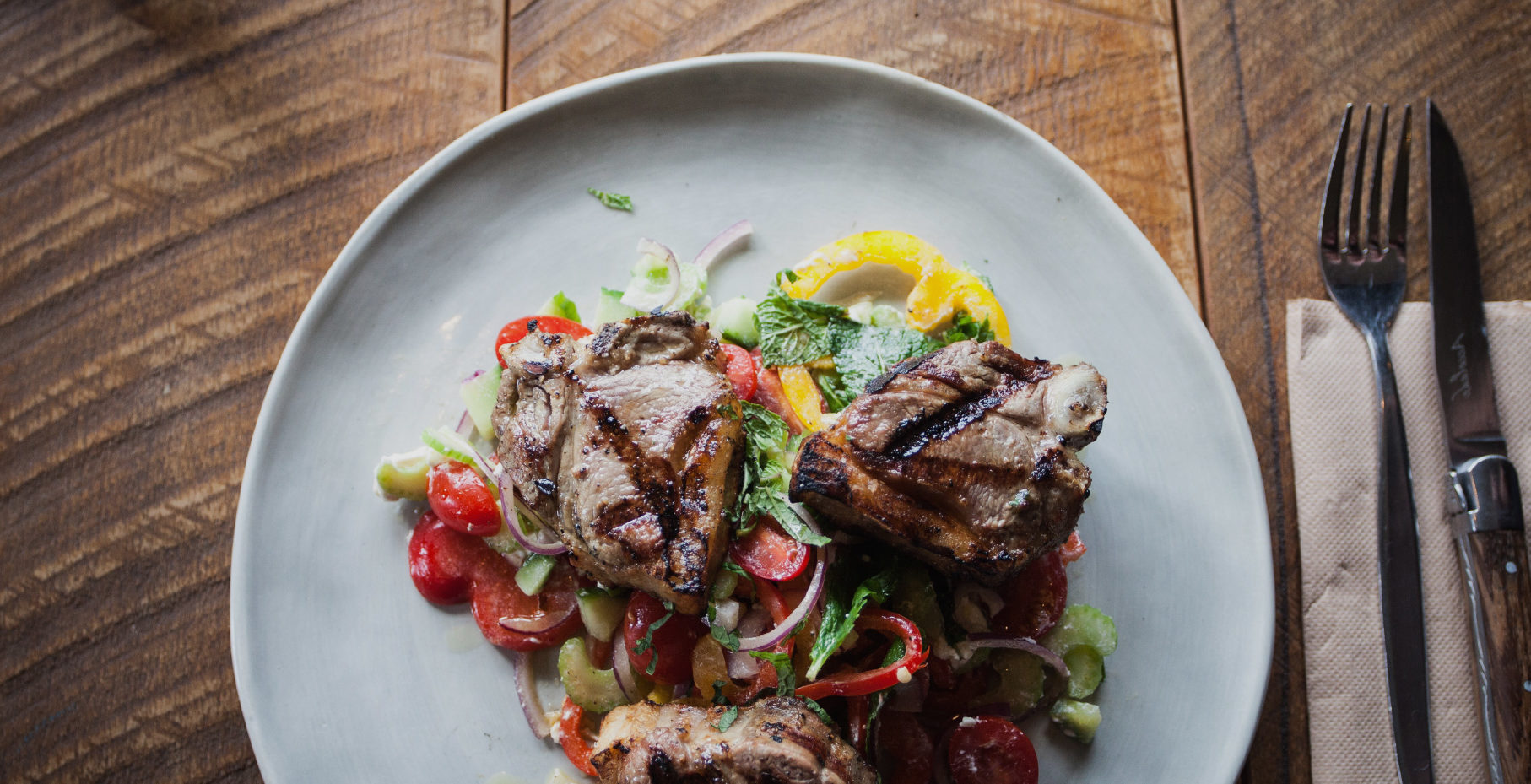 Quick, Tasty And Healthy.
Quick, Tasty And Healthy.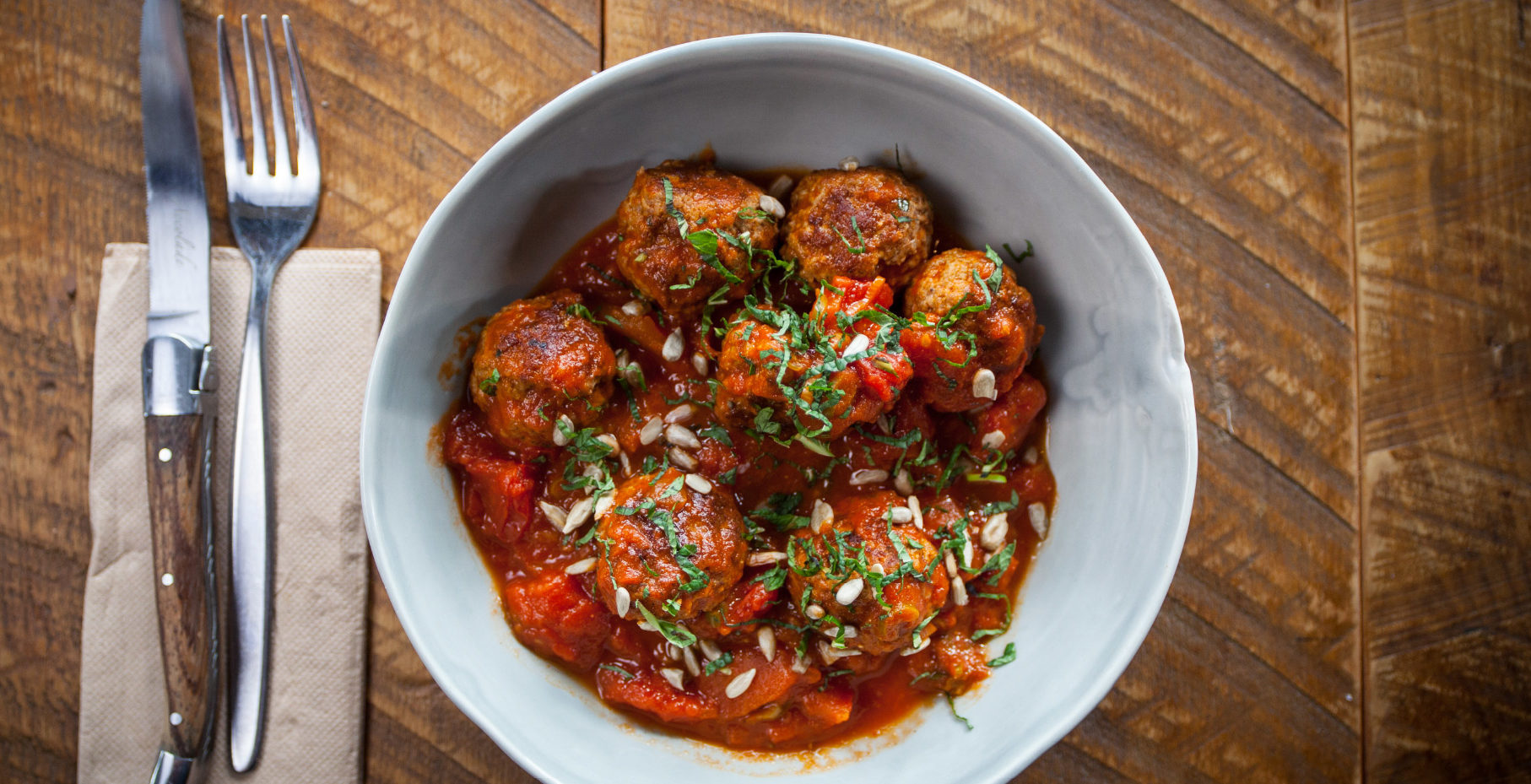 Lamb Meatballs.
Lamb Meatballs.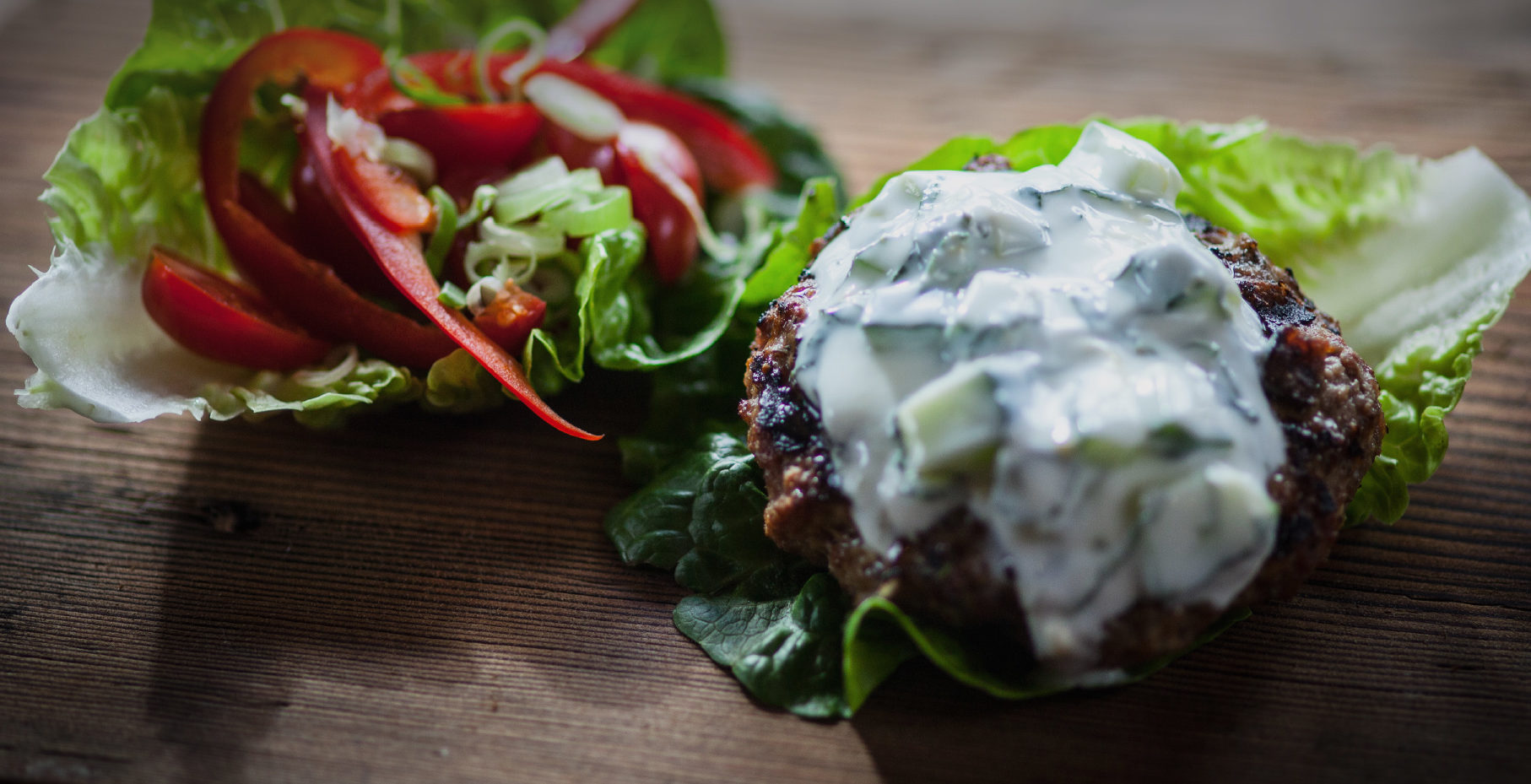 Lamb Burgers.
Lamb Burgers.
Shank
Normally always bone-in, both the fore and hind shanks are tender and their most flavoursome when slow cooked in a braised or sous-vide style.
Belly
The lamb belly is full of flavor and needs to be cooked slow and low. It has become a popular cut in foodservice, but you are unlikely to find it in a retail store.
Leg
The classic leg of lamb comes from the hindquarter and is the most versatile cut, and also one of the most economical. Providing lots of cooking options, a leg of lamb can be roasted whole, butterflied, cubed (for kebabs), or cut into sirloin chops or steaks. A bone-in leg of lamb makes an impressive dish for a celebratory meal while the boneless butterflied leg is ideally suited for the BBQ or grill.
Sirloin
The Sirloin or rump of lamb comes either cap on or cap off and has a variety of uses and a real juicy lamb texture and full flavour.
Loin
The loin contains two main muscles the loin eye and tenderloin and both are positioned back-to-back in the lower loin area in front of the leg. As a bone in cut it is usually divided into loin chops, little jewels which are small, perfectly portioned T-bone steaks or it can be boned and supplied as boneless loins or tenderloins.
Rack
The iconic rack of lamb comes from the upper loin area behind the shoulder. The rack can be prepared in many ways; as a whole joint or as individual or double chops. A rack of lamb often comes frenched, which is the removal of fat and tissue between the bones.
Standing Rib
From the back of the shoulder this cut typically has a higher fat content. When cooked slowly it will produce a meltingly tender, rich and flavoursome eating experience.
Shoulder
The shoulder of the lamb, also known as the forequarter is an economical cut and is often cut into shoulder chops. It’s great for roasting or for use in hearty stews (casseroles) and is best slow cooked.
Neck
The lamb neck is a flavorful, cost-effective cut that yields best results with long, slow cooking methods. While unlikely to be found in a retail store you might see it on a restaurant menu.
Carvery Leg
Most suited to roasting or slow cooking to produce firm but tender meat and a delicious eating experience.
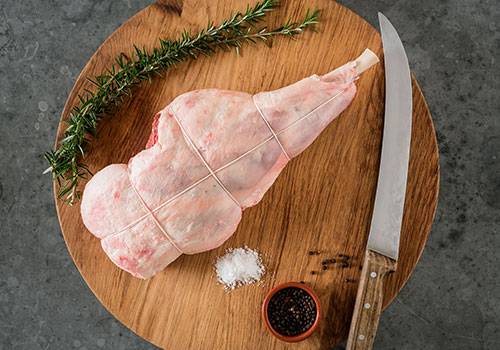
Boneless Leg
This boned out leg joint lends itself to a variety of cooking methods and can be oven roasted, or butterflied for cooking on the BBQ or grill.
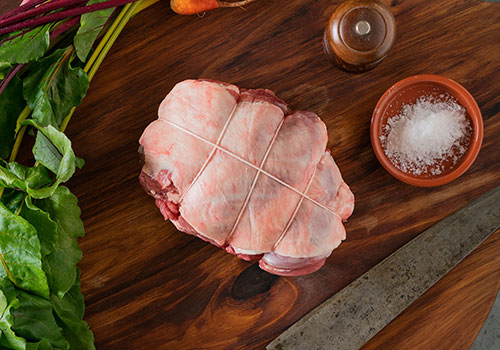
Leg Steaks
Cut from a leg of lamb and can be cooked quickly for a convenient and tender meal.

Hind Shank
Cook slowly for a rich flavor, wonderful texture and succulent meat that falls from the bone.
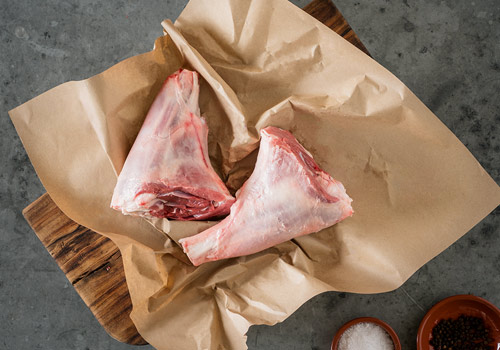
Fore Shank
Cook slowly for a rich flavor, wonderful texture and succulent meat that falls from the bone.
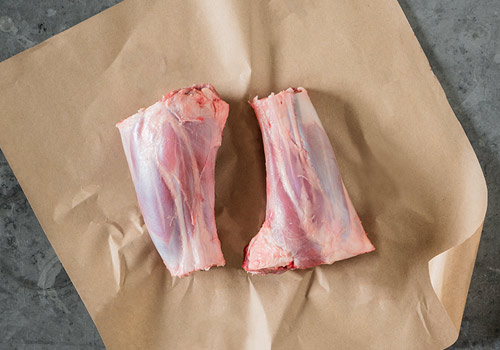
Sirloin/Rump Cap On
Can be treated like a steak and cooked on the grill or BBQ or it can be used for kebabs.

Sirloin/Rump Cap Off
An extremely healthy cut low in fat and especially good if cooked whole on the grill or BBQ and sliced into 3 or 4 boneless portions for serving.

Loin Chop
Cut from the saddle of the lamb, tender and packed with flavour.

Striploin
A very tender and low fat piece of meat that benefits from quick cooking.
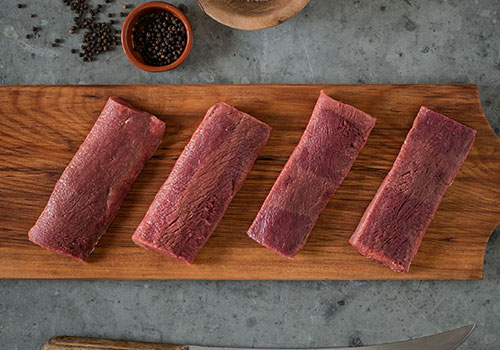
Tenderloin or Fillet
A tender and lean piece of meat. Be sure to not to overcook.
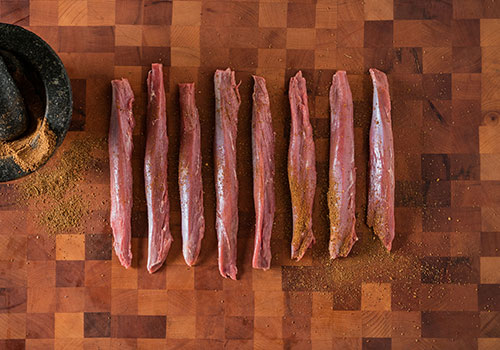
Lamb Belly
The belly or breast of lamb, typically has a higher fat content. When cooked slowly it produces a meltingly tender, rich and flavoursome eating experience.

Riblet
Riblet’s should be trimmed of excessive fat and cooked low and slow, producing tender and succulent portions for a main or appetiser.
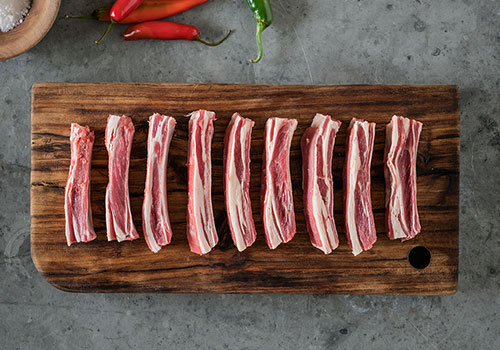
Frenched Rack, Cap On
A premium cut that benefits from quick cooking to maximize the tender and juicy qualities. The ribs are frenched and the cap left on. This a wonderfully succulent cut with a mild flavour that is quick and easy to prepare.
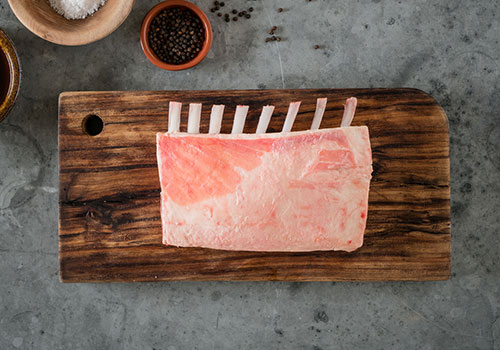
Frenched Rack, Cap Off
A wonderfully succulent and tender premium cut with a mild flavour that's quick and easy to prepare, and benefits from quick cooking. The bones are trimmed and cleaned of meat down to the eye muscle and the fat cap has been removed.

Standing Rib Roast
This 4 rib portion is ideal for sous-vide or slow cooking producing a tender, moist and fully flavoursome joint, or alternatively roast or BBQ whole and slice into cutlets/chops for serving.

Bone In Shoulder
Derived from the forequarter of the lamb, this is one of the most affordable cuts, Roast at a lower temperature for tenderness.
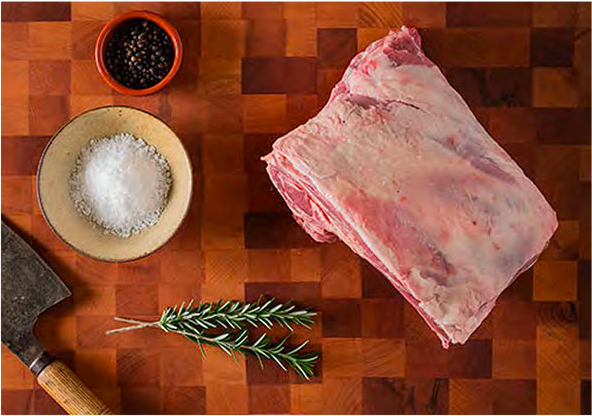
Shoulder Blade Chops
Succulent and tender when cooked slowly as the higher fat content melts away. Also delicious pan fried or barbecued. Sear at a high heat for a golden crust, added flavour, texture and visual appeal.

Shoulder Round Bone Chops
Succulent and tender when cooked slowly as the higher fat content melts away. Also delicious pan fried or barbecued. Sear at a high heat for a golden crust, added flavour, texture and visual appeal.

Neck Slices
An affordable cut. When cooked slowly produces a meltingly tender, rich and and flavoursome eating experience.
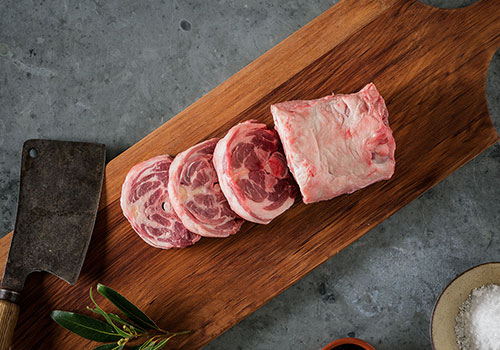
All fresh lamb should be treated gently.
Fresh lamb should be refrigerated or frozen immediately after purchase.
Refrigerate at or below 36ºF / 2ºC.
Freeze at or below 0ºF / -18ºC. If freezing ideally do so in an air-tight freezer wrap or bag.
When planning to use frozen lamb ideally plan ahead to allow appropriate thawing time. The best way to maintain the quality of frozen lamb is by slow thawing in its original packaging overnight in a refrigerator.
Approximate thawing times in the refrigerator per 1lb / 450 grams:
Large roasts 4-7 hours
Small roasts 3.5 hours
Chops or steaks 1 inch thick 2-4 hours.
If a faster ‘speed technique’ is required, thaw in a microwave or cold water. In a microwave oven set on defrost. OR In cold water: Ensure the lamb is in a leak-proof bag and submerge in cold water. It is helpful to change the water every half hour or leave it slowly running. Meat that has been thawed using a ‘speed technique’ should be cooked straight after thawing.
Note:
Never place frozen meat that is not in a sealed vacuum-pack, in water in an attempt
to speed thaw. This will cause flavour and colour loss and may encourage bacterial growth.
Thawing lamb at room temperature is not recommended, as the surface of the meat will
reach warmer temperatures encouraging spoilage. Refreezing thawed lamb is not
recommended as each time it is frozen the quality will deteriorate as the ice crystals
tend to rupture the muscle fibre, breaking down texture and letting the flavoursome
juices escape.
Lamb is a versatile and delicious meat. Cook it with care and you’ll have a tender and flavorsome dish to share with family and friends.
Each cut of lamb requires unique preparation and cooking techniques. Learn your cuts so that you cook at the appropriate heat and for the right time.
Lamb benefits from resting at room temperature for about 30 minutes before cooking so try and factor that in to your prep time.
Sear the meat to seal in the juices and wonderful flavor while cooking.
Always ensure to rest the lamb after cooking and before serving to keep the meat tender and stop it from drying out.
